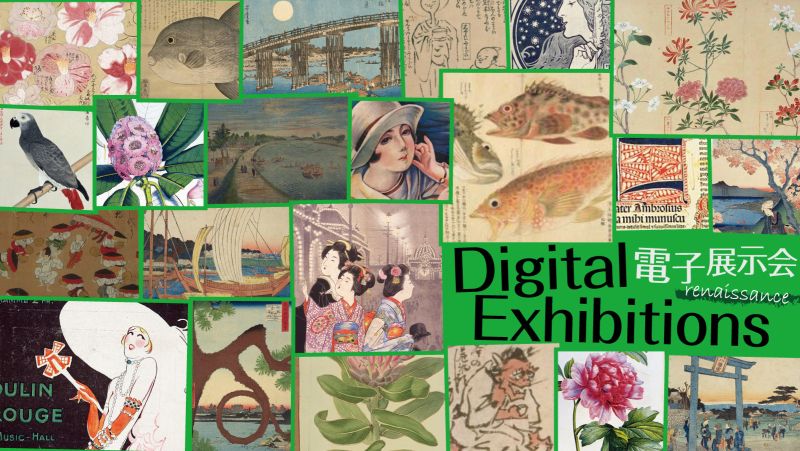Setsubun and Jakibarai (Warding off evil spirits)

“Setsubun" means the turning point of the seasons. It is the last day of Daikan (the coldest period of the lunar year) and marks the season's turning point from winter to spring, according to the calendar. The change of seasons happens four times a year: spring, summer, autumn, and winter. Setsubun has come to specifically refer to the day before Risshun, which celebrates the beginning of the year according to the old lunar calendar. Its roots are in the Chinese exorcism ritual called Tsuina, which spread to Japan and became an imperial court event during the Heian period. By the Edo period, it had expanded to the general populace.
The image shows the Tsuina ceremony held at Kameido Tenmangu Shrine.
The Setsubun bean-throwing ceremony is held to drive away evil spirits or ogres that are believed to creep in at the change of the seasons. Among the five cereals, soybeans, used in the bean-throwing ceremony, are believed to house the spirit of grain, and are also used to pray for good health. Also, since beans (mame) are associated with "destroying evil (ma wo messuru)," even today, the phrase used when bean-throwing is "Oni wa soto, Fuku wa uchi": drive away the evil ogres and bring in good fortune.
The history of Setsubun and the bean-throwing ceremony is also detailed in “Daizu—Tsubuyori mame chishiki (handpicked bits of knowledge)” in Kaleidoscope of Books."
